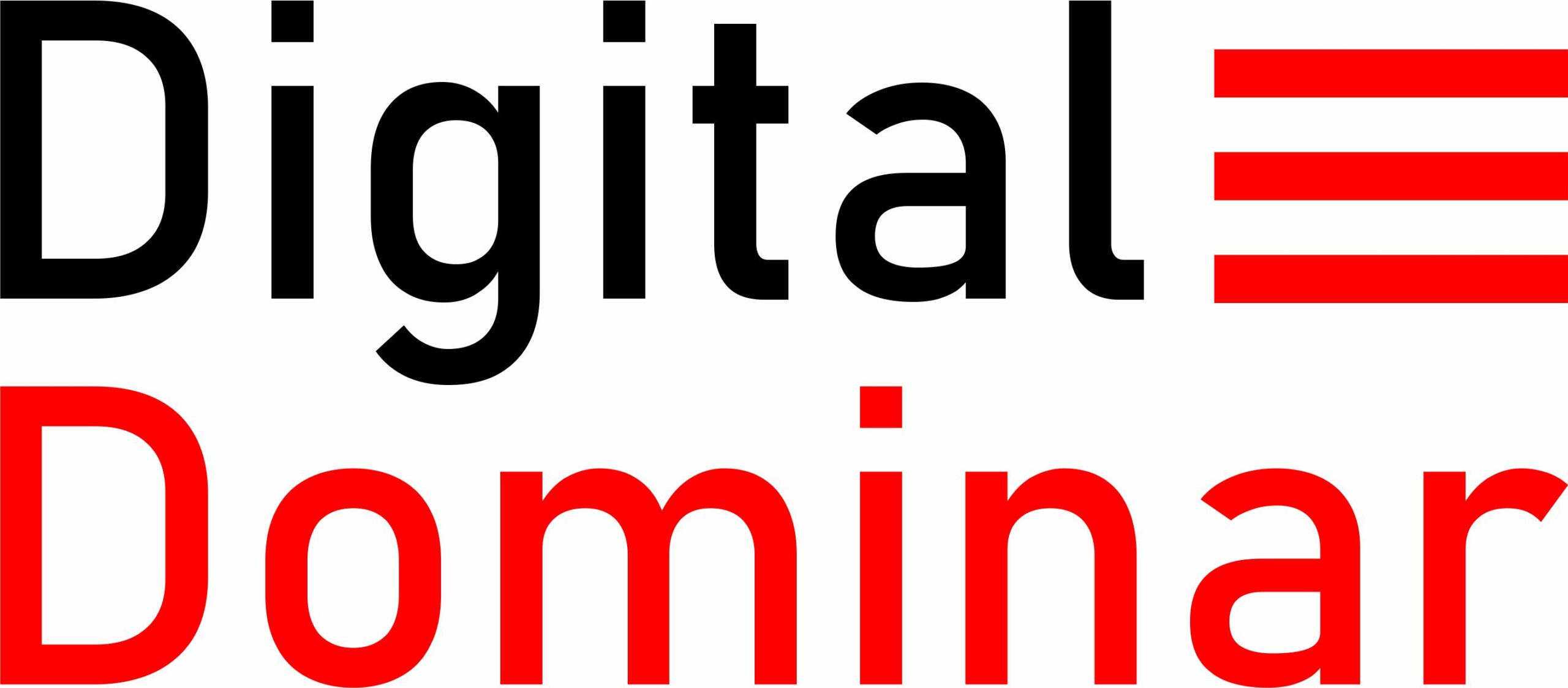As the transition to a more digital world accelerates, many businesses choose cloud technology, Software-as-a-Service (SaaS) delivery, as well as licensing models to meet their software requirements.
This article is for you if you’re wondering that whether SaaS solution — where software is uniformly hosted and licensed on a subscription – based model — is the best option for your company. We discuss the fundamentals and advantages and disadvantages of SaaS versus on-premises and off-premises options.
Key Definitions
You’re bound to come across a few unfamiliar terms as you begin your search for the best software solutions for your company. To better understand the SaaS vs. on-premises vs. off-premises controversy, let’s define each of these terms.
So, what exactly is Software-as-a-Service (SaaS)?
With SaaS, a cloud provider centrally hosts your software applications, and the software is made available to end users (in this case, your employees) through a subscription model.
SaaS actually started as an alternative to the conventional software, which compelled businesses to set up and maintain typically costly software packages on-premises. The end-user only requires an internet connection and a signup to access the tools they require with SaaS. The user can access the software through their internet browser as long as they have a software license.
It is critical to note that the SaaS provider maintains ownership of the product and is responsible for the infrastructure required to run it.
Microsoft Teams, Zoom, Slack, Canva, and Figma are the best examples of popular SaaS products.
What is Off-premises Software Hosting?
Off-premises software hosting involves hosting the software solution on solely devoted hardware and infrastructure owned by a third-party vendor and located in a separate place than where the end users work. The third-party company is in charge of the hardware’s operation and maintenance.
Supervisors have the same, and although remote, access to the servers with an off-premises system since they would with an on-premises solution. This differs from SaaS solutions, which are not responsible for system back-end maintenance. It just so happens to be somewhere else.
Use of SaaS and On-Premises Software
Mostly business use this software to manage their business operations. For example, event booking organizations usually utilize SaaS software to book their events on the cloud. Also, few businesses prefer to choose on-premises solutions to store their critical business data.
SaaS-based event management software are also popular in many event industries which help event managers in automating diverse business tasks.
Starting the Process of Choosing the Best Solution
Now that we’ve all agreed on terminology, it’s time to pick a software management solution that’s right for your company.
Examine Your Current Scenario and Future Requirements
Assume you’re in the market for a new software hosting solution. In that case, it most likely means one of three things: your company is growing, your current software hosting solution isn’t meeting your exact needs, or you need new software and are weighing your options.
Before proceeding, it is critical to obtain answers to these questions. For example, if you have an IT team and a solid hosting infrastructure in place, an on-premises solution makes sense. If not, SaaS or off-premises, third party-supported solutions may be an option.
Analyze Your Data
Before considering new hosting options, it’s critical to assess your data storage requirements. How much storage space do you currently have? Do you have your own servers running at full capacity? How simple would it be to scale up your current infrastructure as your needs grow?
When evaluating your needs, it’s also a good idea to consider the cost of data storage. While on-premises solutions are generally more secure, they can be very expensive. Keep in mind that you’ll need to buy and maintain servers, allocate space, hire an IT team, and cover electricity costs.
Once you’ve determined your data requirements, you’ll be one step closer to locating a hosting solution that’s a good fit for your company.
The Key Differences Between SaaS, On-Premises, and Off-Premises
Deployment
The applications and data are hosted on remote servers in the cloud with SaaS. Subscribers to the product can login to the system from any location as long as they have access to the internet via their own equipment.
For an on-premises solution, each hosting, upgrades, data management, and maintenance are handled internally, typically by an in-house team based on your company’s premises.
The software is hosted off-site by a third party using an off-premises solution, as the name implies.
But even so, your team can continue to use the software as needed. Since the necessary infrastructure — that belongs to another company — already exists, deployment is quick and simple.
Ownership/Authority
If your company decides to go the on-premises route, you will own the software applications, hardware, and data associated with them. To keep it running smoothly, your team would need to install, maintain, and uphold protocols.
However, with SaaS solutions, the vendor owns the software, and a third party owns, manages, and maintains the hardware.
A SaaS product or off-premises solution offers great value for many modern businesses, especially in terms of cost. However, there are some disadvantages. For example, if the third-party server fails, you will be unable to access the software or data, and you will have little control over resolving the issue, abandoning you to wait, presumably in the dark, uncertain of when it will be resolved.
Cost and Additional Expenses
When compared to on- and off-premises solutions, the basic cost of SaaS is almost always lower. Also, SaaS-based event booking, and event management software comes with a subscription-based model with a budget-friendly prices.
SaaS companies typically offer a variety of subscription plans, allowing you to choose the best option for your company, team, and budget. Furthermore, your employees will not be responsible for the upkeep of physical infrastructure and hardware.
To put it frankly, the expenses of running on- and off-premises hosting and data management solutions are extremely expensive. If you use an on-premises solution, you must pay for server hardware and upgrades, as well as electricity consumption, space, and other facilities. Even if your software is hosted off-site, you must pay a fee to the third party to retain the hardware and infrastructure.
In both cases, you’ll need a group to install new software and provide support to the rest of your employees. It’s also possible that ongoing IT training will be required, raising the cost of the solution.






Your point of view caught my eye and was very interesting. Thanks. I have a question for you.
Can you be more specific about the content of your article? After reading it, I still have some doubts. Hope you can help me.